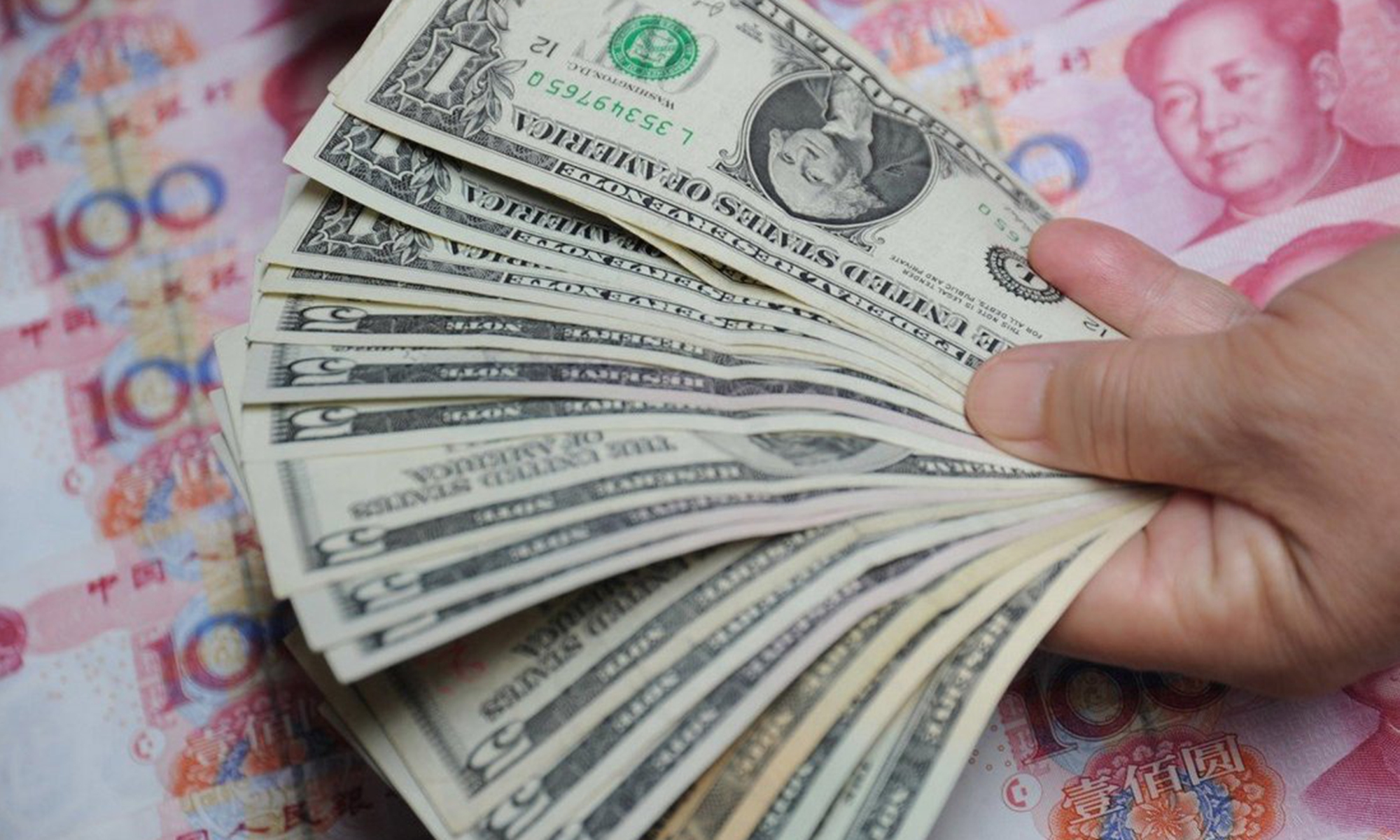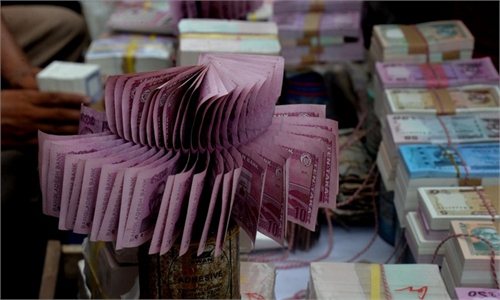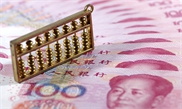Chinese yuan softens amid dollar surge, on track to draw strength from H2 economic recovery: expert

Foreign exchange Photo:Xinhua
The Chinese yuan has softened beyond 6.8 against the US dollar, as the greenback surge has most non-dollar currencies weakening.The yuan, which remains stronger than other major non-dollar currencies, is on track to draw strength from the economy's recovery hopes in the second half, according to a veteran market watcher.
The yuan's daily fixing versus the US dollar was set at 6.8388 on Wednesday, strengthening from the previous day's 6.8523, official data showed.
This compares with the August 15 reading of 6.741, suggesting the yuan's losses of roughly 1,000 basis points (bps) against the dollar over the past trading week.
The yuan's softening mostly indicates a strong dollar amid the US Federal Reserve's hawkishness, Tan Yaling, head of the China Forex Investment Research Institute, told the Global Times on Wednesday.
The US Dollar Index is holding steady at a nearly 20-year high, trading around 109. Behind the dollar's unusual strength are the Fed's aggressive rate-hiking decisions. The US central bank raised its federal funds target rate by an additional 75 bps in late July, the fourth time it has hiked rates this year.
A divergence in monetary policy between China and the US has apparently put downward pressure on the yuan.
Since the start of the third quarter, the yuan hovered around 6.7 against the dollar before quickly approaching 6.8 in mid-August when the People's Bank of China (PBC), the country's central bank, surprised the market with interest rate cuts.
The PBC trimmed the rate of one-year medium-term lending facility loans by 10 bps on August 15. On the same day, it also lowered the seven-day reverse repo rate by 10 bps.
One week later, the PBC announced asymmetric rate cuts to its benchmark lending rate - the loan prime rate (LPR). The one-year LPR was lowered by 5 bps while the five-year LPR was trimmed by 15 bps.
Still, the yuan was shown to be stronger than its peer currencies. As the US Dollar Index trends upward, the euro tumbled below parity against the dollar, while the South Korean won fell to its lowest level in 13 years. The yen, for its part, has continued a downtrend after falling to a 20-year low.
Non-dollar currency weakness at large might fuel speculative bets on a softer yuan, and Tan said that the yuan is on track to regain some of its lost ground by the end of the year.
In a sign of sustained confidence in the Chinese currency, overseas institutional investors recorded net purchases of yuan bonds of 6.6 billion yuan ($0.96 billion) in July, reversing a continuation of net sales over the preceding few months, according to the China Foreign Exchange Trade System.
The Chinese economy is widely expected to regain growth momentum in the fourth quarter while the US economy will likely be challenged by deepening political woes and debt ceiling anxieties by then, the expert explained, forecasting the yuan's return to 6.5-6.6 versus the dollar before the end of the year.


